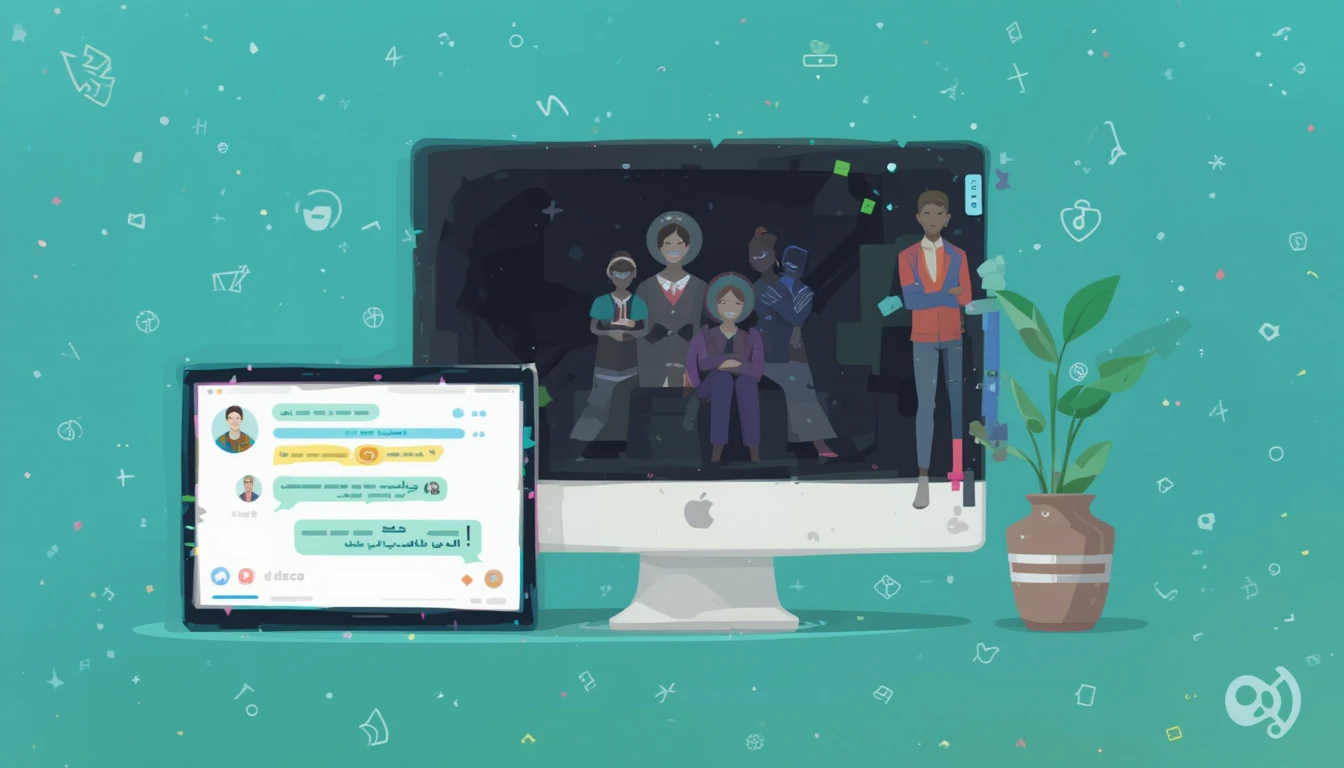Artificial Intelligence (AI) is transforming how we live, work, and learn—and one of the most talked-about tools in recent years is ChatGPT, developed by OpenAI. With its ability to generate human-like responses to prompts, answer questions, explain concepts, and even write essays, ChatGPT has quickly found its way into classrooms, homework help apps, and students’ toolkits.
But is this revolutionary technology an educational miracle or a shortcut that hampers deep learning?
In this blog post, we’ll break down the key pros and cons of using ChatGPT in education, provide real-world use cases, and offer practical tips for educators and students to leverage it ethically and effectively.
What Is ChatGPT?
ChatGPT is a generative AI chatbot that uses natural language processing (NLP) to understand prompts and produce human-like text responses. Trained on a massive dataset of books, websites, and internet texts, it can carry out tasks such as:
- Explaining concepts
- Solving problems
- Writing essays, stories, or poems
- Summarizing text
- Translating languages
- Generating ideas or outlines
In educational settings, students and teachers use ChatGPT for everything from homework assistance to curriculum planning.
✅ The Pros of Using ChatGPT in Education
Let’s begin with the major benefits of integrating ChatGPT into learning environments.
1. Instant Access to Information
Students no longer need to spend hours searching multiple websites to find the right explanation. ChatGPT delivers instant, readable answers to nearly any question—whether it’s about history, science, math, or literature.
Example:
Ask, “Explain the water cycle in simple terms,” and ChatGPT provides a concise, age-appropriate response in seconds.
Benefit: Saves time and provides consistent support outside the classroom.
2. Personalized Learning Support
Unlike textbooks or static websites, ChatGPT can adapt responses based on how a question is phrased. Students can keep refining their questions until they get the explanation they understand.
Example:
If a student doesn’t understand “photosynthesis,” they can ask, “Can you explain photosynthesis to a 10-year-old?” and get a simplified answer.
Benefit: Makes complex concepts more accessible for all learners.
3. Writing Assistance
ChatGPT helps students brainstorm ideas, structure essays, generate outlines, and improve grammar and style.

Example:
Prompt: “Give me a persuasive essay outline about banning plastic bags.”
ChatGPT: Provides a structured outline with introduction, body points, and conclusion.
Benefit: Supports writing development and boosts confidence, especially for ESL (English as a Second Language) learners.
4. 24/7 Availability
Unlike tutors or teachers, ChatGPT is available any time of day, making it ideal for late-night study sessions or last-minute homework help.
Benefit: Makes learning more flexible and continuous.
5. Educator Productivity
Teachers use ChatGPT to:
- Draft lesson plans
- Create quiz questions
- Write learning objectives
- Translate materials into different reading levels or languages
Example:
Prompt: “Create a 5-question quiz on the causes of World War I.”
ChatGPT: Generates multiple-choice questions with answers.
Benefit: Saves prep time and sparks new ideas for instruction.
6. Language Learning Tool
ChatGPT can act as a language partner, correcting grammar, suggesting better word choices, or even carrying on conversations in Spanish, French, or other languages.
Example:
Prompt: “Correct this sentence in French: ‘Je vais au marché hier.’”
ChatGPT: “Je suis allé(e) au marché hier.”
Benefit: Reinforces grammar and vocabulary in real-time.
⚠️ The Cons of Using ChatGPT in Education
While ChatGPT offers tremendous value, it’s not without limitations and risks—especially when used without guidance.
1. Encourages Academic Dishonesty
Perhaps the biggest concern is students using ChatGPT to cheat—asking it to write essays, solve math problems, or answer take-home tests.
Example:
Prompt: “Write a 500-word essay on Macbeth’s tragic flaw.”
ChatGPT delivers a complete, ready-to-submit response.
Risk: Undermines learning and violates academic integrity.
2. Accuracy Issues
ChatGPT can sometimes “hallucinate” facts or give inaccurate information. It doesn’t browse the internet live, so its answers may be outdated or incorrect.
Example:
It might say, “The Eiffel Tower is 500 meters tall” (it’s actually 330 meters with antenna).
Risk: Students might unknowingly learn or cite incorrect facts.
3. Lack of Critical Thinking
If students rely too heavily on ChatGPT for answers, they may skip the process of struggling, researching, and reasoning—which are crucial for deep learning.
Example:
Instead of working through a math problem, they just input it and copy the steps.
Risk: Superficial understanding and weaker problem-solving skills.
4. No Emotional or Contextual Understanding
ChatGPT doesn’t understand tone, nuance, or emotional needs. For example, it won’t recognize if a student is frustrated or needs moral support.
Risk: Can’t replace human teachers who offer empathy, encouragement, or social learning.
5. Equity and Access Issues
Not all students have equal access to devices or internet connectivity. This creates a digital divide where only some benefit from ChatGPT.
Risk: Widening educational gaps among socioeconomic groups.
6. Privacy and Data Concerns
Though ChatGPT doesn’t store personal data, any AI interaction carries a level of risk if users input sensitive information.
Risk: Potential misuse of private data if students aren’t cautious.
🧠 Best Practices: How to Use ChatGPT Effectively in Education
Here are practical tips for making ChatGPT a tool for growth, not a crutch:
For Students
- Use it as a learning assistant, not a replacement for thinking.
- Ask ChatGPT to explain concepts, but try problems on your own.
- Use it to generate outlines or ideas, then write in your own voice.
- Always verify facts from trusted sources or textbooks.
- Don’t use ChatGPT during exams or assignments that prohibit AI.
For Teachers
- Teach students about ethical AI use.
- Include assignments that require personal reflection, in-class work, or oral presentations—harder to fake with AI.
- Use ChatGPT to enhance instruction: lesson planning, differentiated materials, and quiz generation.
- Stay updated on AI literacy to guide students responsibly.
For Parents
- Encourage curiosity and discussion about what children are learning with ChatGPT.
- Monitor screen time and app use, especially for younger students.
- Promote a healthy balance between AI tools and traditional study habits.
💡 Real-World Classroom Use Cases
1. Writing Prompts & Brainstorming
Teachers can use ChatGPT to generate 10 creative writing prompts on the spot.
2. Vocabulary Builder
Students learning English can ask for synonyms or have simple stories translated into higher reading levels.
3. Science Simulations
A student confused about Newton’s Laws can ask for analogies, like: “Explain Newton’s Third Law using basketball.”
4. History Debate Prep
Ask: “Give me arguments for and against the Industrial Revolution’s impact on workers.”
5. Essay Review
Students can paste their drafts into ChatGPT and ask for grammar checks or suggestions to improve flow.
The Future: ChatGPT as a Classroom Companion?
As AI technology evolves, ChatGPT could be integrated into learning management systems (LMS), textbooks, and virtual classrooms. Some possible future applications include:
- AI tutors that adapt to a student’s learning history
- ChatGPT-powered feedback on creative writing
- Voice-based versions for accessibility
The key is designing environments where humans and AI collaborate, rather than compete.
Final Thoughts
ChatGPT represents a paradigm shift in how students learn and teachers teach. It can:
- Empower learners,
- Reduce barriers to understanding,
- Spark creativity,
- Save educators time.
But like any powerful tool, it must be used wisely and ethically.
Education isn’t just about finding answers—it’s about developing curiosity, resilience, and wisdom. When students use ChatGPT to enhance these traits—not bypass them—it becomes a powerful ally in the classroom and beyond.
Call to Action:
Are you using ChatGPT in your classroom or studies? Share your experiences in the comments! Stay tuned for our next article:
“Can AI Be a Personalized Tutor? Exploring the Rise of Intelligent Learning Companions.”


